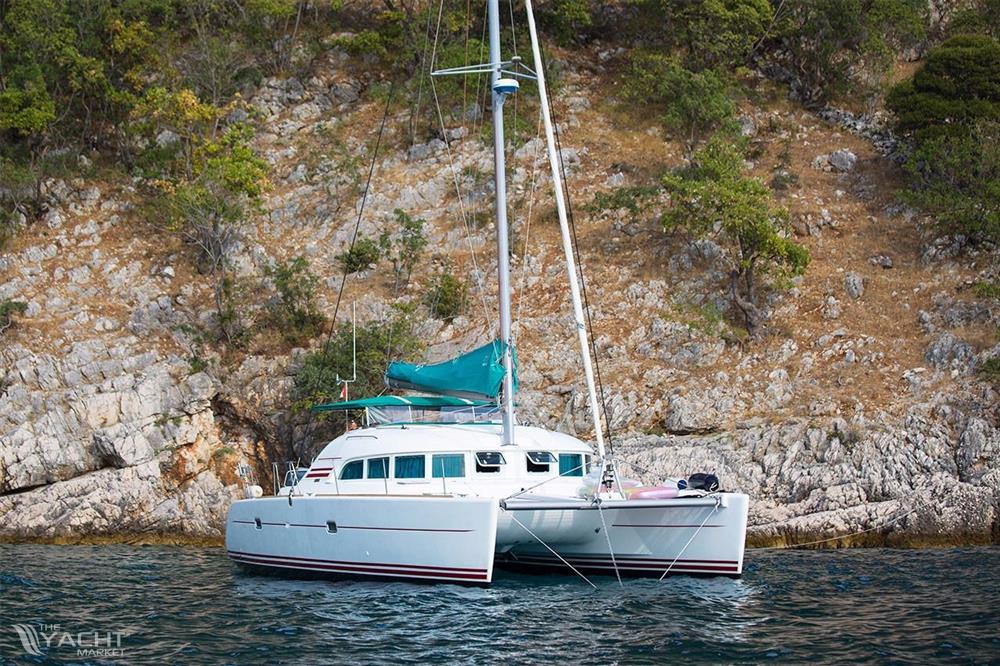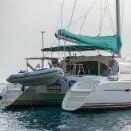The new owners of a picturesque marina in Nottinghamshire want to expand the site, including potentially adding "floating lodges". Farndon Marina, located on the River Trent near Newark, has been sold after almost 60 years of being owned by the same family.
The 25-acre site comprises over 300 private berths and moorings, and also boasts a chandlery and a range of visitor facilities. Following the announcement of the sale on Monday, June 23, managing director Paul Ainsworth, whose dad Mark bought the marina in 1966, described it as the "end of an era" for him and his wife, Janet.
"It has been an emotional journey to come to the point where we will hand the business over to new owners," he said. "We have made many friends with our berth holders over the years, and we are confident that the success of Farndon will continue with the fantastic team we have on site, who will continue to be great assets to the marina."
The marina's buyers, the Tingdene Group, have teased a "number of investment opportunities" over the coming months. Managing director Ian Collier said this could include a holiday park, motorhome and touring caravan facilities or floating lodges.
"As a family business ourselves, we immediately understood the great opportunity Farndon Marina presented and the work that Paul and Janet had put in over the years," he said. "Location-wise, the business extends our marina network northwards, but from a wider group perspective which includes both holiday and residential parks, it is very centrally positioned in the East Midlands which works well for us."
Jon Patrick, head of leisure and development at Christie & Co who handled the sale process, added: “Farndon Marina attracted a wide range of interest from inland marina operators, as well as holiday park operators and investors, resulting in a competitive bidding process for the business."





